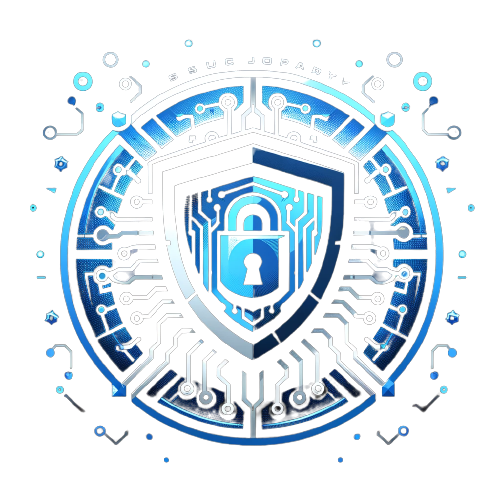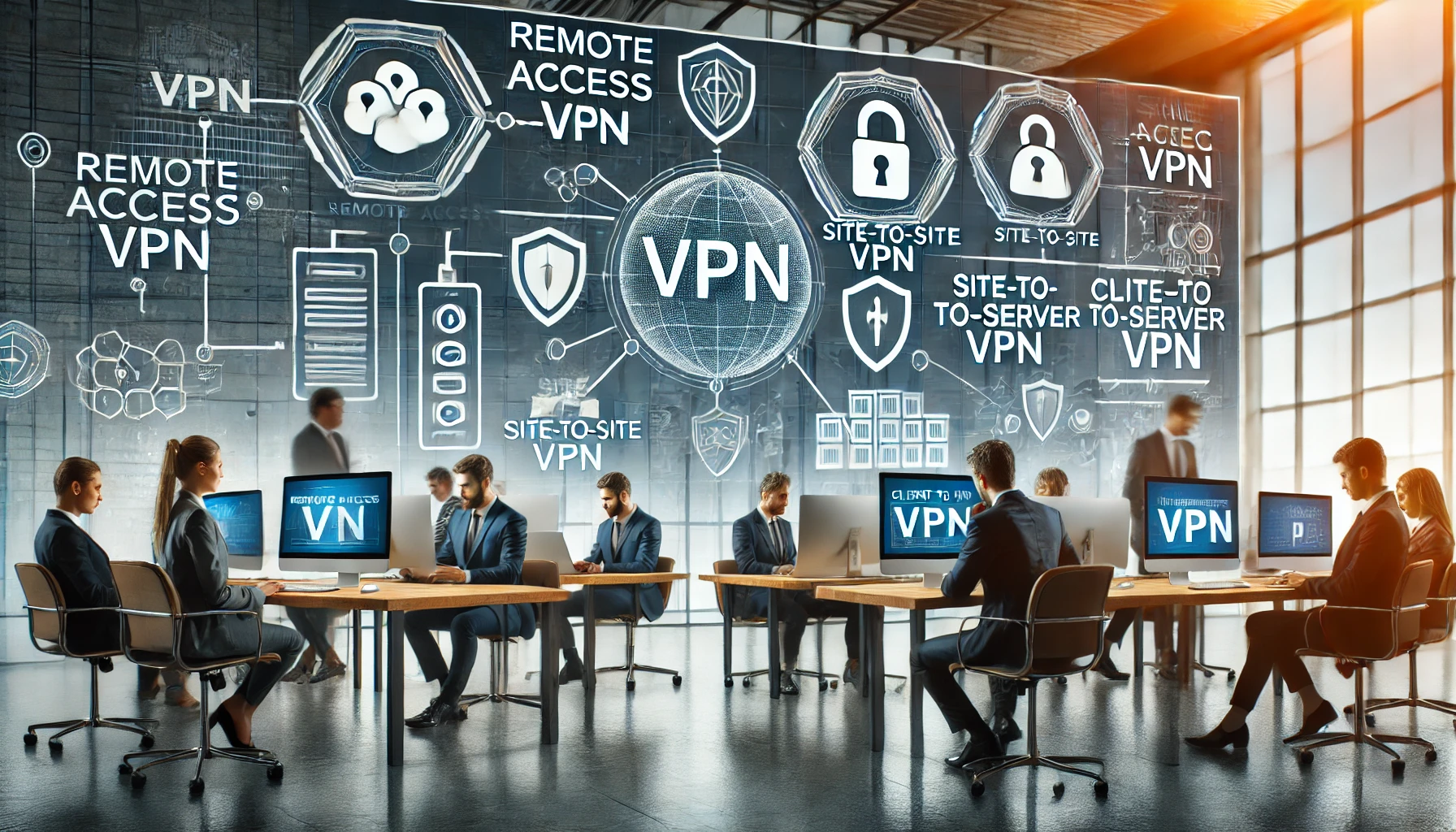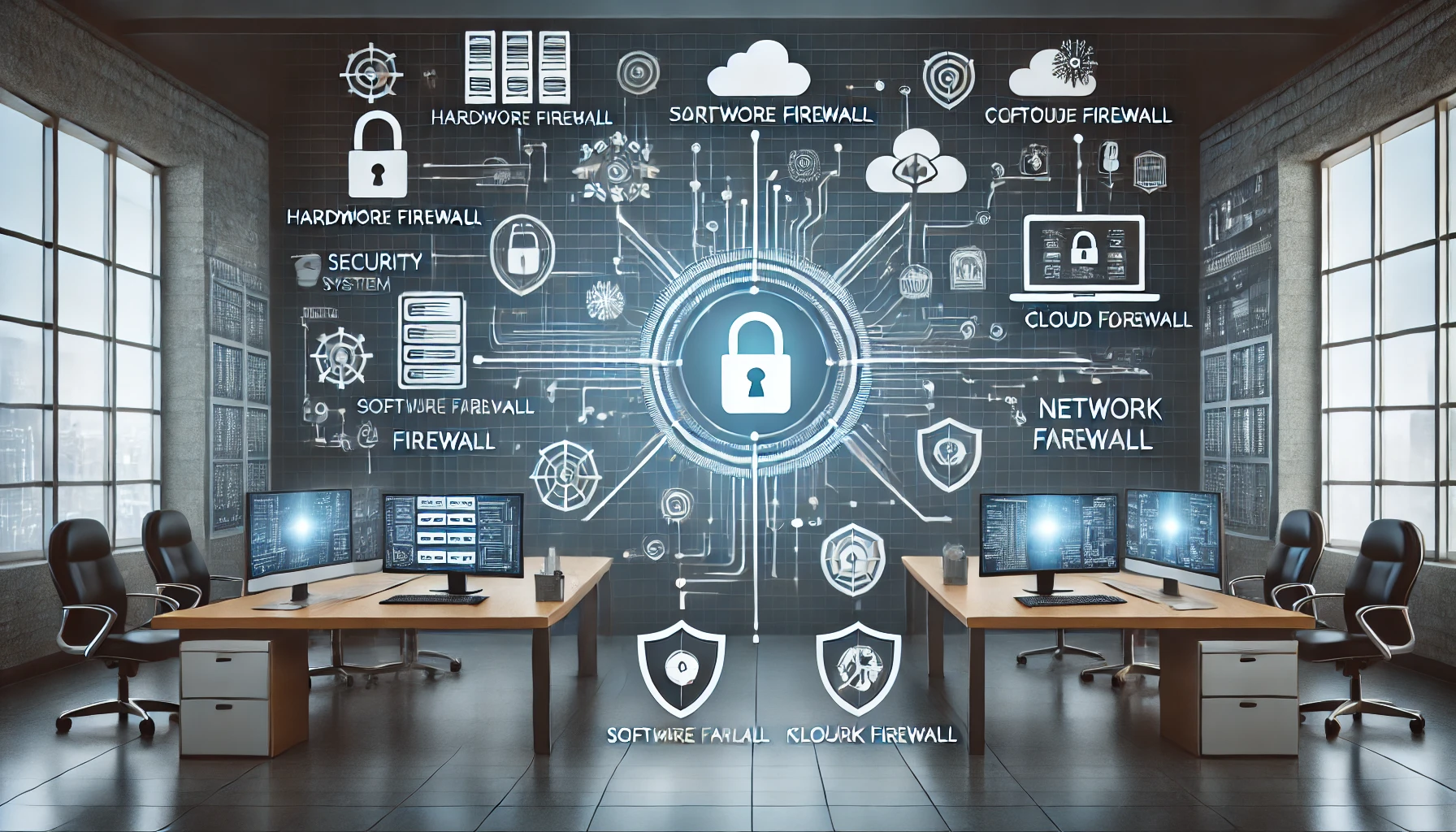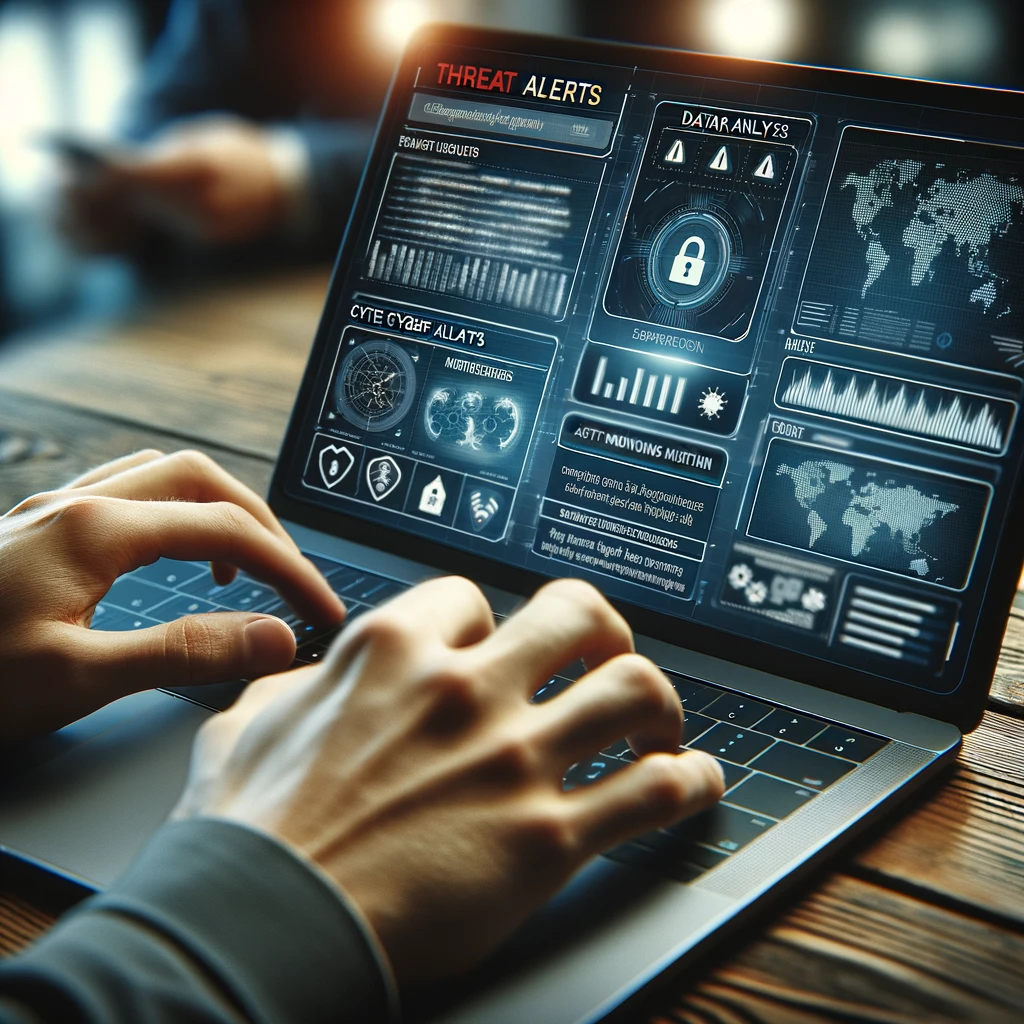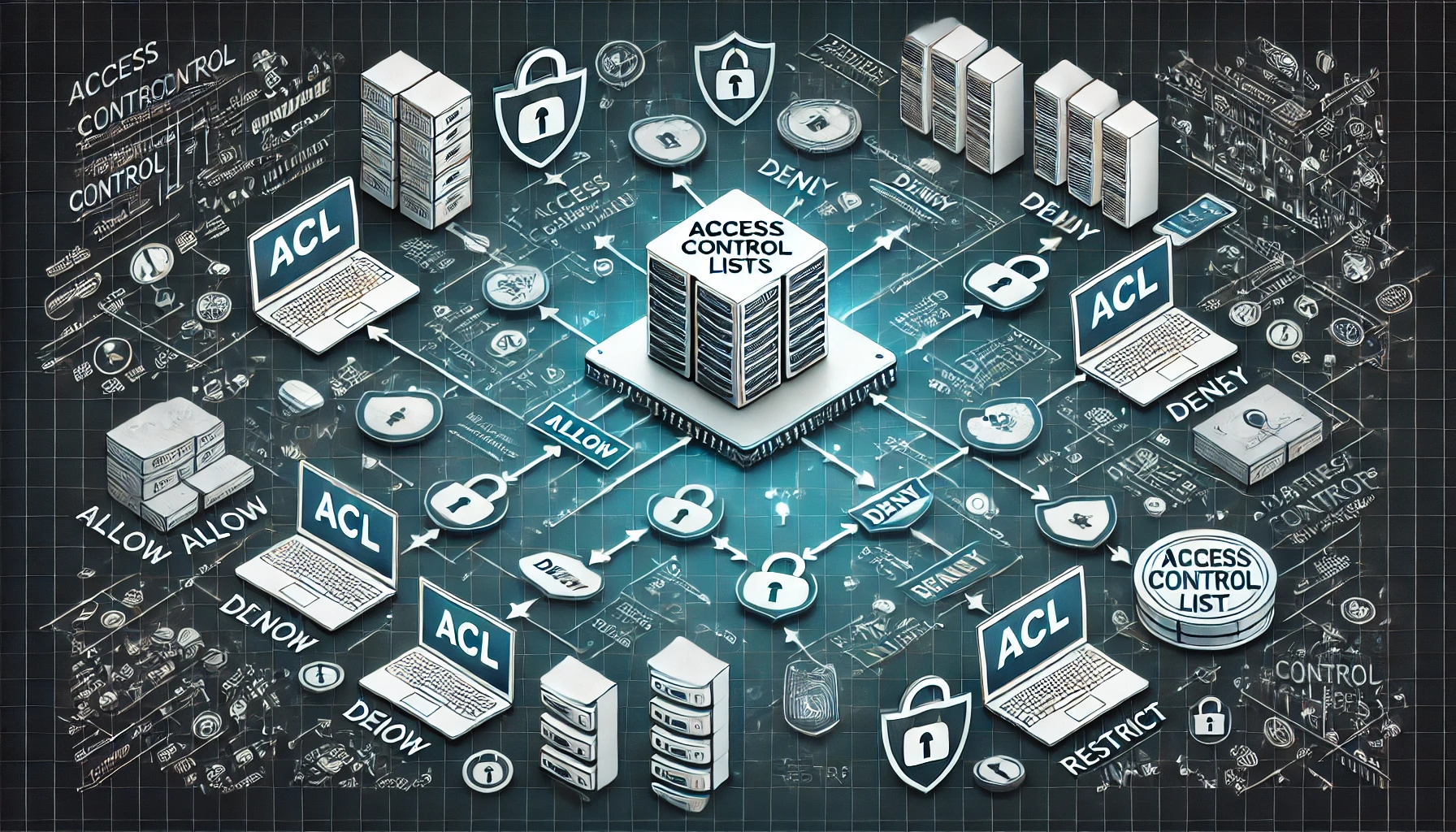In today’s digital age, safeguarding your business’s data is more crucial than ever. Cyber threats are continually evolving, and it’s imperative to stay one step ahead. One of the most effective tools in your cybersecurity arsenal is a Virtual Private Network (VPN). But with a myriad of options available, how do you determine the best VPN configuration for your business? Let’s dive into the essentials.
Understanding VPNs: The Basics
A VPN creates a secure connection between your device and the internet, encrypting your data and masking your online activities. This ensures that sensitive information is kept away from prying eyes. VPNs are particularly valuable for businesses, as they protect data, support remote work, and help maintain privacy.
Types of VPNs
There are several types of VPNs, each suited to different business needs. Here’s a quick overview:
- Remote Access VPN: Allows employees to connect to the company’s network from any location. Ideal for businesses with remote workers.
- Site-to-Site VPN: Connects entire networks, often used by large companies with multiple offices.
- Client-to-Site VPN: Also known as an end-user-to-site VPN, it connects individual users to the company network.
- Mobile VPN: Designed for mobile device users, maintaining a connection as the device switches between networks.
Choosing the Right VPN Configuration
Selecting the best VPN configuration for your business depends on several factors. Here’s a breakdown to help you make an informed decision:
- Assess Your Needs: Determine why you need a VPN. Is it for remote access, connecting multiple offices, or securing mobile devices?
- Evaluate Security Features: Look for VPNs that offer robust security protocols, such as OpenVPN, IPSec, or L2TP/IPSec. Encryption strength is critical; aim for at least 256-bit encryption.
- Scalability: Choose a VPN that can grow with your business. Ensure it supports the number of users and devices you anticipate.
- Performance: VPNs can slow down your internet connection. Opt for a service known for minimal speed reduction.
- Ease of Use: The VPN should be user-friendly, both for administrators and end-users. Look for intuitive interfaces and comprehensive customer support.
VPN Protocols: Which One to Choose?
VPN protocols are the technologies and processes that VPNs use to secure data. Here are some common ones and their use cases:
- OpenVPN: Highly secure and open-source, making it a popular choice for businesses.
- IPSec: Commonly used for site-to-site VPNs, known for strong security.
- L2TP/IPSec: Combines the strengths of both L2TP and IPSec, offering a balance of security and speed.
- SSL/TLS: Often used for remote access VPNs, leveraging the same technology that secures websites.
- IKEv2/IPSec: Known for its speed and stability, particularly on mobile devices.
Implementation Best Practices
Implementing a VPN effectively requires careful planning and execution. Here are some best practices to follow:
- Conduct a Risk Assessment: Understand the specific threats your business faces and tailor your VPN configuration accordingly.
- Regular Updates: Ensure your VPN software is regularly updated to protect against the latest vulnerabilities.
- Strong Authentication: Use multi-factor authentication (MFA) to add an extra layer of security.
- User Training: Educate your employees on the importance of VPNs and how to use them correctly.
- Monitor and Audit: Regularly monitor VPN usage and conduct audits to identify and address potential security issues.
Case Study: VPN Success in Action
Let’s look at a real-world example to understand how businesses can benefit from a well-configured VPN.
Case Study: ABC Corporation
Background: ABC Corporation, a mid-sized company with multiple offices and a significant number of remote employees, was facing challenges with data security and remote access.
Solution: They implemented a Site-to-Site VPN to connect their offices and a Remote Access VPN for remote workers. They chose OpenVPN for its robust security features and ease of integration.
Outcome: ABC Corporation saw a significant improvement in data security and employee productivity. Remote workers could securely access company resources, and inter-office communication became seamless.
When it comes to choosing the best VPN configuration for your business, it’s essential to focus on factors such as security, scalability, and performance. A well-configured VPN not only protects sensitive data but also enhances remote work capabilities, ensuring your business runs smoothly in today’s digital landscape. Incorporating multi-factor authentication, regular software updates, and comprehensive user training are crucial steps in maximizing your VPN’s effectiveness. By understanding the different types of VPNs and their respective protocols, you can select the one that best fits your organizational needs, thereby fortifying your cybersecurity strategy.
Conclusion
In conclusion, selecting the proper VPN configuration for your business is a critical decision that can significantly impact your cybersecurity posture. By understanding your specific needs, evaluating security features, and implementing best practices, you can ensure your business remains protected against evolving cyber threats. Remember, a well-chosen VPN is not just about security; it’s about enabling your business to operate efficiently and securely in an increasingly interconnected world.
